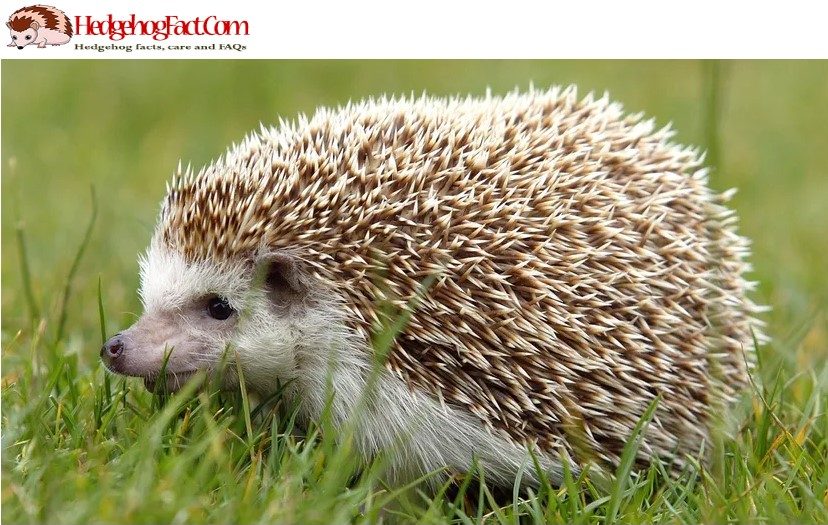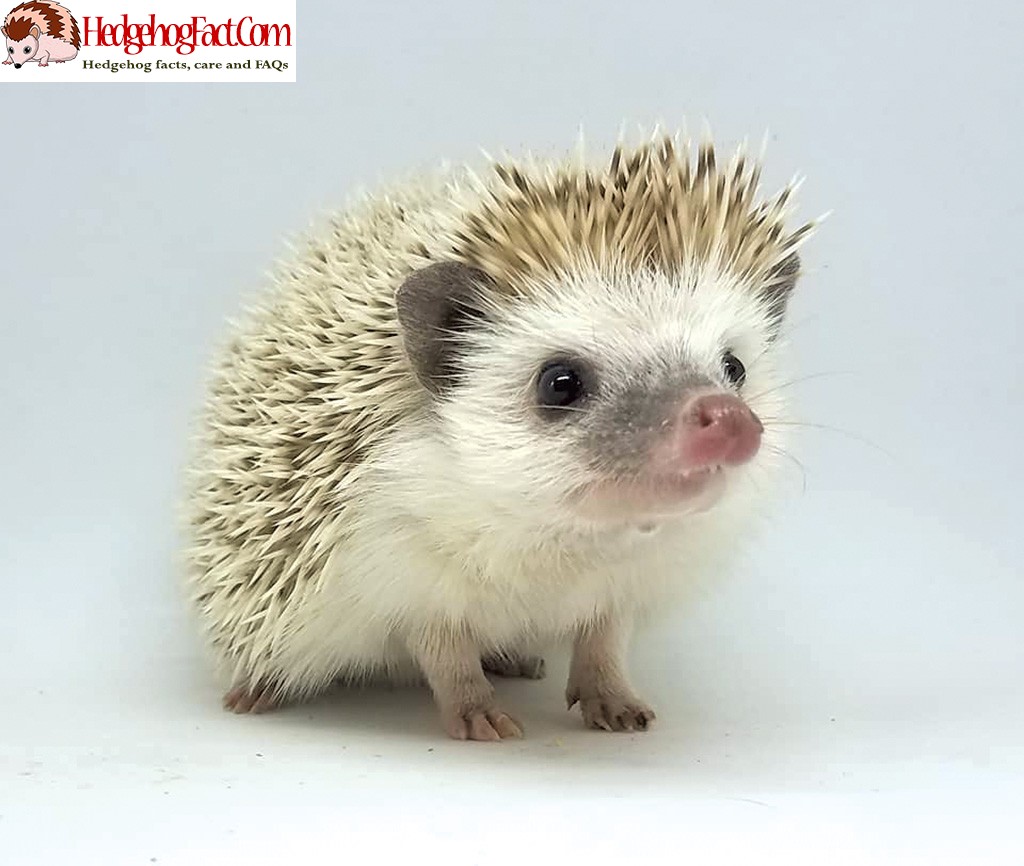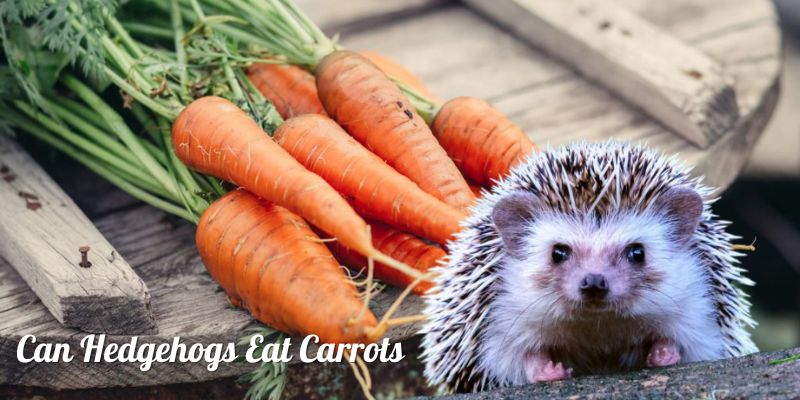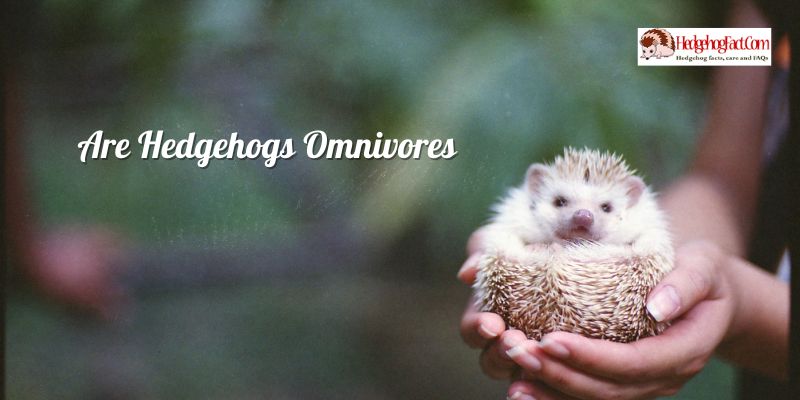Hedgehogs are fascinating and unique creatures that belong to the subfamily Erinaceinae, in the eulipotyphlan family Erinaceidae. They are known for their spiny exterior, which serves as a form of protection against predators. In the article What Is A Hedgehog? A Comprehensive Guide, we will explore everything you need to know about hedgehogs, including their physical characteristics, behavior, diet, and habitat.
Physical Characteristics
Hedgehogs have a round body shape with short legs, and their spines are made of keratin, the same material found in human hair and nails. The spines cover most of their body, but they also have soft fur on their bellies. Hedgehogs range in size from 4 to 12 inches and can weigh between 6 ounces to 3.5 pounds.
They are easily recognized due to their numerous distinguishing physical traits, which include:
Hedgehogs have a coat coated in sharp spines, which are hairs converted into spines. Hedgehogs will roll into a tight ball with their spines pointed outwards when they feel attacked to protect themselves.
Tiny size: Hedgehogs normally range in length from 5 to 12 inches and weigh between 14 and 39 ounces.

Hedgehogs are not exceptionally quick runners and have short legs. They can climb and swim well, though.
Hedgehogs have a pointed snout that they utilize to search for food when foraging.
Hedgehogs are predominantly nocturnal creatures, which means that during the day they sleep and are awake at night.
Hedgehogs have weak eyesight, but they have excellent hearing and smelling senses, which they utilize to find food and escape danger.
Long life span: Hedgehogs have a six-year life span in the wild and a ten-year life span in captivity.
Hedgehogs come in a variety of colors, including brown, black, and white. Certain species also have a characteristic “mask” of dark fur around their eyes.
Habitat
Hedgehogs can be found in parts of Europe, Asia, and Africa, as well as in New Zealand by introduction. They prefer habitats with lots of covers, such as hedgerows, woodland edges, and gardens. Hedgehogs are not native to Australia or the Americas.
In the wild, hedgehogs typically live in hedgerows, woodland edges, grasslands, and scrubland. They prefer areas with plenty of covers, such as bushes, logs, and piles of leaves, where they can hide from predators and sleep during the day.

Hedgehogs are also commonly found in suburban and urban areas, including gardens, parks, and golf courses. They will often make their homes under sheds, compost heaps, or in dense undergrowth. They are attracted to these areas because they provide a reliable source of food, including insects, slugs, snails, and earthworms.
Overall, hedgehogs are highly adaptable and can thrive in a wide range of habitats, as long as they have access to the resources they need to survive.
Behavior
Hedgehogs are nocturnal and are most active at night. They are known for their peculiar foraging methods, which involve rooting through hedges and other undergrowth in search of insects, snails, frogs, toads, caterpillars, worms, beetles, snakes, bird eggs, carrion, mushrooms, grass roots, berries, melons, and watermelons. Hedgehogs can run up to 5 miles a night. They are solitary animals and prefer to live alone, except during mating season.
The following are some of the most notable hedgehog behaviors:
Hedgehogs are typically nocturnal, which means that nighttime is when they are most active. They will conceal themselves throughout the day in thick cover, under rocks, or in burrows.
Hibernation: To save energy throughout the winter, hedgehogs will hibernate. To survive the winter, they will stock up on fat in the autumn.

Hedgehogs have a peculiar activity known as “self-anointing,” in which they froth at the mouth and then rub the foam on their spines. Although the reason for this is unclear, it is believed to be a kind of defense or a strategy to hide their scent.
Hedgehogs defend themselves by curling into a tight ball with their spines pointed outwards when they feel threatened. Moreover, they hiss, grunt, and snort to alert any possible predators.
Hedgehogs can navigate ponds and small streams by swimming well.
Building a nest: To rest and sleep throughout the day, hedgehogs will construct nests made of grass, leaves, and other materials.
Hedgehogs are solitary creatures that only associate with one another during the breeding season.
Hedgehogs are remarkable animals that have developed a variety of intriguing habits to help them thrive in their natural habitat.
Diet
The hedgehog’s diet mainly consists of insects and other small creatures, which make up the bulk of their diet. Their favorite food is slugs and worms, and they can eat 40 or more slugs a night. Hedgehogs are also known to feed on frogs, toads, caterpillars, worms, beetles, snakes, bird eggs, carrion, mushrooms, grass roots, berries, melons, and watermelons.
Hedgehogs commonly consume the following foods:
Hedgehogs are mostly insectivores, which means that the majority of their diet consists of microscopic insects including beetles, caterpillars, earthworms, slugs, and snails.

Tiny mammals: Hedgehogs are reported to consume eggs, young birds, and small rodents like mice and shrews.
Hedgehogs consume a variety of fruits and berries, such as apples, pears, strawberries, and blackberries.
Hedgehogs occasionally consume vegetables like carrots, peas, and sweet corn.
Hedgehogs will also scavenge for carrion, such as dead animals on the side of the road.
Hedgehogs as Pets
Hedgehogs are popular as pets, with the African pygmy hedgehog being the most common pet species. These hedgehogs have been bred by humans for so long that researchers consider them domesticated. Hedgehogs can make great pets, but they require a lot of attention and care. It is important to do your research before deciding to adopt a hedgehog as a pet.
Conclusion
Hedgehogs are very interesting animals with unique appearance and behavior. Their spiny coat, small size, and nocturnal activity make them easy to identify and distinguish from other animals. Hope the article What Is A Hedgehog? A Comprehensive Guide will provide you with useful information.





